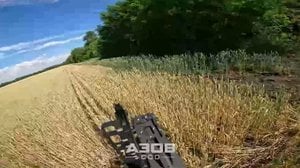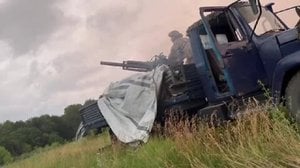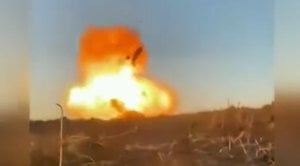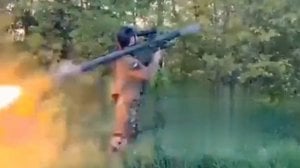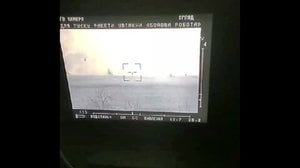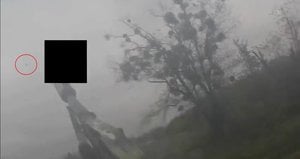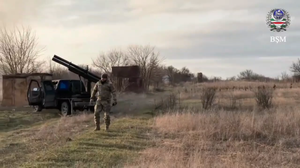
BMP-3 Indirect Fire Mode
Published 1 years ago
A BMP-3 Infantry Fighting Vehicle (IFV) elevates its guns and fires both the main and secondary weapons in an indirect fire mode. This vehicle was purportedly captured from the Russians and is being used by the Ukrainians. The nature of their target is unknown, and the utility of this action is questionable.
The BMP-3 is one of the more heavily armed IFVs in use by any country, and it first entered service at the end of the Soviet era. The vehicle is equipped with a 100mm low-velocity main gun firing both conventional ammunition and AT-10 “Stabber” anti-tank guided missiles, a 30mm auto-cannon, and a 7.62mm PKT machine gun mounted coaxially in the turret, as well as two 7.62mm PKT bow-mounted machine guns. With various turret, optics, and fire-control systems upgrades, the vehicle supposedly possesses substantial night-fighting capabilities and can out-range most other IFVs and main battle tanks (MBTs) on the battlefield. I use the term “supposedly” because optics, thermals, stabilizers, and fire control systems all require maintenance, and preventative maintenance does not seem to have been a priority in the Russian military in recent years.
I remember being a lieutenant learning armored reconnaissance and cavalry operations and thinking how the BMP would make a formidable opponent, yet the platform has not distinguished itself in this conflict. I do not know how may are currently in service with the Russian Army – they supposedly ordered “hundreds” in 2015, but production in the Russian defense sector has struggled to keep pace with the Kremlin’s ambitions, so the number of vehicles actually delivered is unknown. As for indirect fire, a variety of systems can be used in this mode. In the Korean war, the U.S. sometimes drove its tanks up on earthen berms and elevated the guns to employ them in an indirect fire (IDF) mode. Any respectable machine gunner in the U.S. military is familiar with the tables for employing the M2 .50 caliber heavy machine gun as an IDF platform. However, I am unsure of the effectiveness of this particular tactic – it might just be an ammo dump with a newly captured trophy.
About the Author
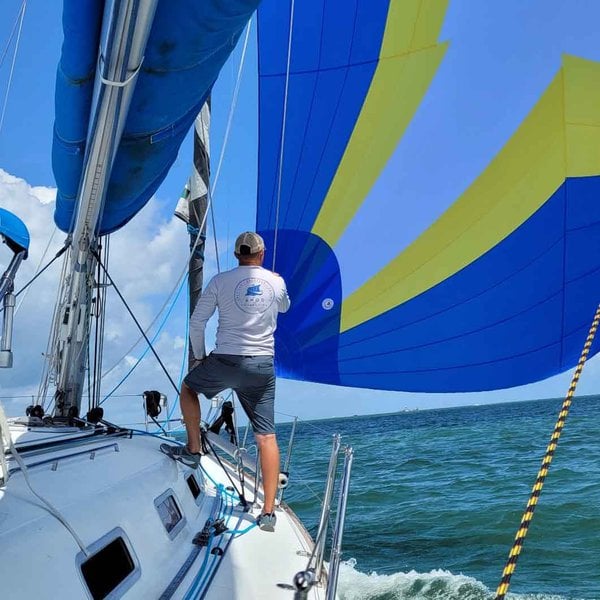
Cam
Cam served as an infantry officer in the Marine Corps, deploying to the Horn of Africa and participating in combat operations in Iraq. He currently works in the maritime industry and in the defense sector as an instructor of combined arms planning and operations. An avid sailor, Cam founded and directs a nonprofit that supports veterans and first responders through sailing.


